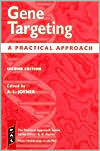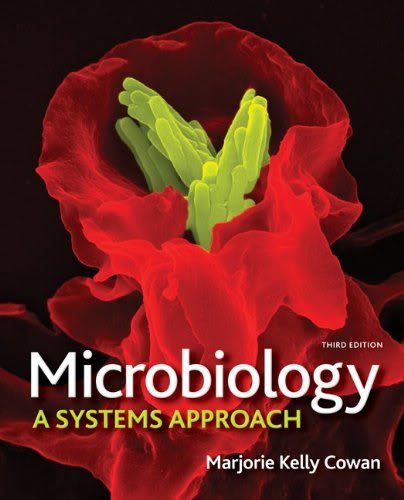Gene Targeting: A Practical Approach
Since the publication of the first edition of Gene Targeting: A Practical Approach in 1993 there have been many advances in gene targeting and this new edition has been thoroughly updated and rewritten to include all the major new techniques. It provides not only tried-and-tested practical protocols but detailed guidance on their use and applications. As with the previous edition Gene Targeting: A Practical Approach 2e concentrates on gene targeting in mouse ES cells, but the techniques described can be easily adapted to applications in tissue culture including those for human cells. The first chapter covers the design of gene targeting vectors for mammalian cells and describes how to distinguish random integrations from homologous recombination. It is followed by a chapter on extending conventional gene targeting manipulations by using site-specific recombination using the Cre-loxP and Flp-FRT systems to produce 'clean' germline mutations and conditionally (in)activating genes. Chapter 3 describes methods for introducing DNA into ES cells for homologous recombination, selection and screening procedures for identifying and recovering targeted cell clones, and a simple method for establishing new ES cell lines. Chapter 4 discusses the pros and cons or aggregation versus blastocyst injection to create chimeras, focusing on the technical aspects of generating aggregation chimeras and then describes some of the uses of chimeras. The next topic covered is gene trap strategies; the structure, components, design, and modification of GT vectors, the various types of GT screens, and the molecular analysis of GT integrations. The final chapter explains the use of classical genetics in gene targeting and phenotype interpretation to create mutations and elucidate gene functions. Gene Targeting: A Practical Approach 2e will therefore be of great value to all researchers studying gene function.
Michael Cummings
Using a combination of recombinant DNA technology and embryonic stem cells, it is now possible to introduce literally any mutation into the germ cells of mice via homologous recombination. This technique, known as gene targeting, allows a wide range of mutations to be produced. Introduced about ten years ago, gene targeting has developed rapidly, and is widely used by molecular biologists, cell biologists, and geneticists to study gene function. This new edition updates existing techniques and introduces detailed protocols for newer techniques including the use of gene targeting for the production of conditional mutants. The intended audience is molecular and cell biologists and geneticists. This is an up-to-date and comprehensive source for gene targeting protocols. In addition to the protocols, this book contains material on the design of vectors, as well as the steps involved in designing a new mutation, generating the mutant mouse and evaluating the phenotype. These and other topics are covered in seven chapters, beginning with an introduction and overview of gene targeting, and the use of knock-out and knock-in targeting vectors. Other chapters contain protocols for site-specific recombination, production of targeted stem cell clones, chimeras, the use of gene trap strategies, and the relationship between classical genetics and gene targeting. This book is indispensable and required reading for anyone contemplating the use of gene targeting, or anyone seeking a single source for a collection of the latest protocols. It is well-organized, clearly written, and a valuable resource for researchers.
Zoology - General & Miscellaneous, Genetics, Genetics - General and Miscellaneous, Medical Research, Embryology, Genetics - Animal, Cytology - General & Miscellaneous, Biotechnology & Bioengineering, Biology - Developmental, Cytology - Stem Cells
| Name in long format: | Gene Targeting: A Practical Approach |
|---|---|
| ISBN-10: | 019963792X |
| ISBN-13: | 9780199637928 |
| Book pages: | 293 |
| Book language: | en |
| Edition: | 2 |
| Binding: | Paperback |
| Publisher: | Oxford University Press |
| Dimensions: | Height: 6.1 Inches, Length: 9.1 Inches, Weight: 1.06483272546 Pounds, Width: 1 Inches |

















